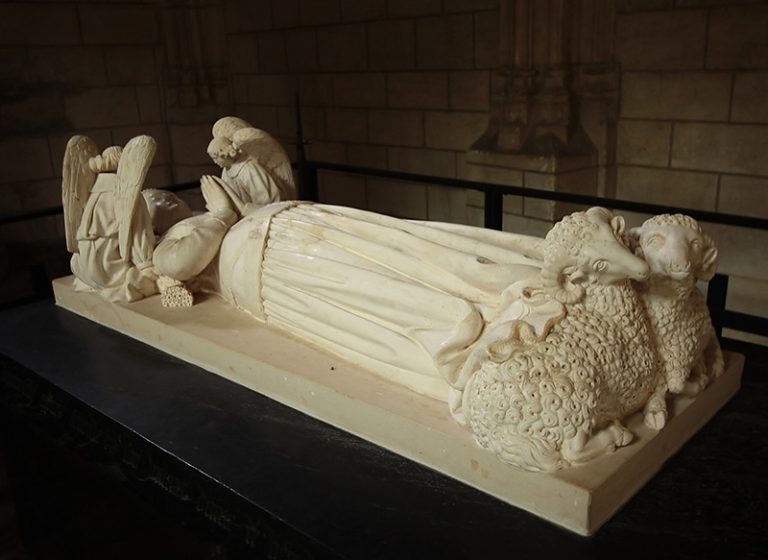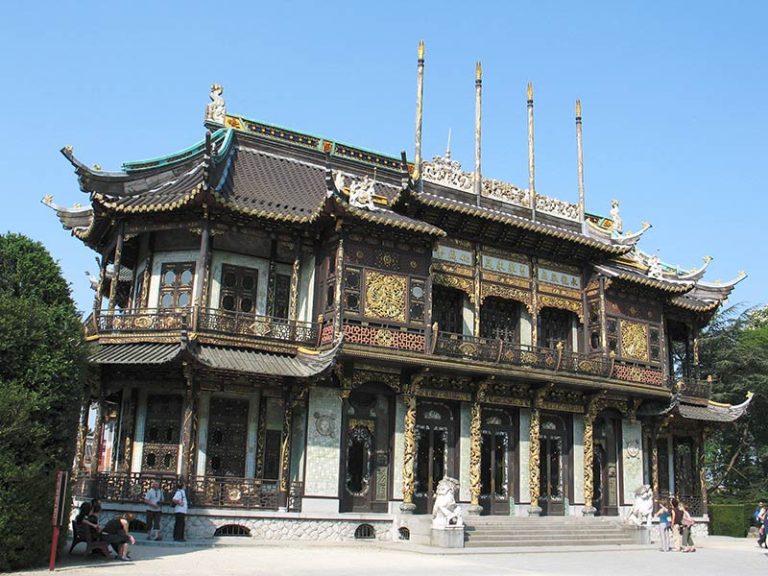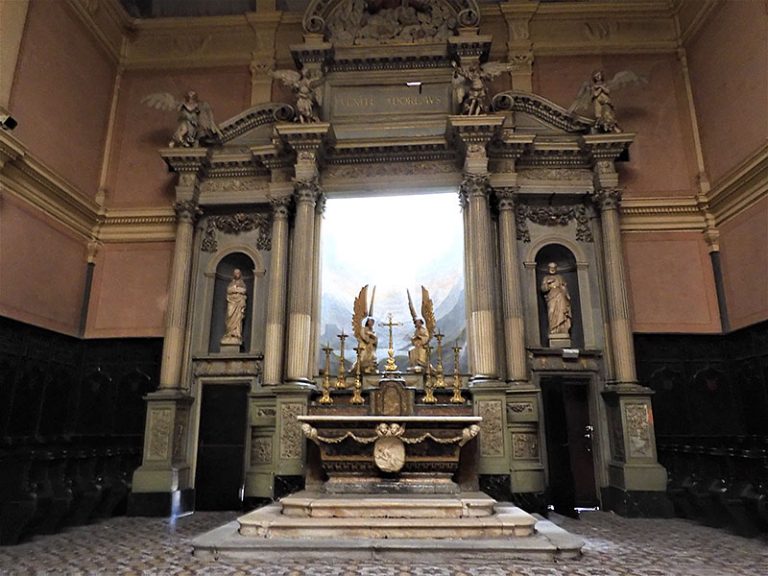Raphaël’s corpus is enriched with a new work. In any case, this is what a group of academics affirmed on September 17 as part of an international conference held in Pergola in the Italian province of Pesaro-Urbino. Among them Maria-Cecilia Visentin, specialized in religious iconography, Annalisa Di Maria, one of the greatest Italian experts on Leonardo da Vinci and the Italian Renaissance, the professor emeritus of the Sorbonne Jean-Charles Pomerol and the sculptor Andrea da Montefeltro.
They anticipated the conclusions of a study which will soon be published in the scientific journal Open Science, Art and Science entitled “Raphaël’s Madeleine or when the student surpasses the master”.
Raphael would thus have represented Saint Chiara Fancelli, the wife of his master Perugino. This poplar panel measuring 46 x 34 cm, dated 1504, belongs to a private foreign collection. This work would thus have served as a model for the other versions which are kept in the Palatine Gallery of the Pitti Palace in Florence or at the Villa Borghese in Rome.
The analyzes were carried out by the ART & Co laboratory belonging to the University of Camerino based in Ascoli Piceno. They highlighted the use of the spolvero technique (never practiced by Perugino), used to transfer the preparatory drawing while the pictorial layers are by the hand of Raphael. No doubt for them, it is a “rediscovered masterpiece”.
An attribution criticized by Luigi Bravi, president of the Accademia Raffaello in Urbino as well as by the art historian and Undersecretary of State for Culture Vittorio Sgarbi. He castigates “a journalistic scoop” and is surprised that “we only comment on big names for these rediscoveries like Leonardo da Vinci, Botticelli. This work is surely a prototype of Perugino”.
At the beginning of the year, Raphaël’s production also agitated the scientific community. Researchers from the University of Nottingham and the University of Bradford used facial recognition technology to conclude that Brécy Tondo was most likely a work of the painter.
THE Brécy Tondo (detail) attributed to Raphaël and his Sistine Madonna (detail). Assembly LeJournaldesArts.fr.







